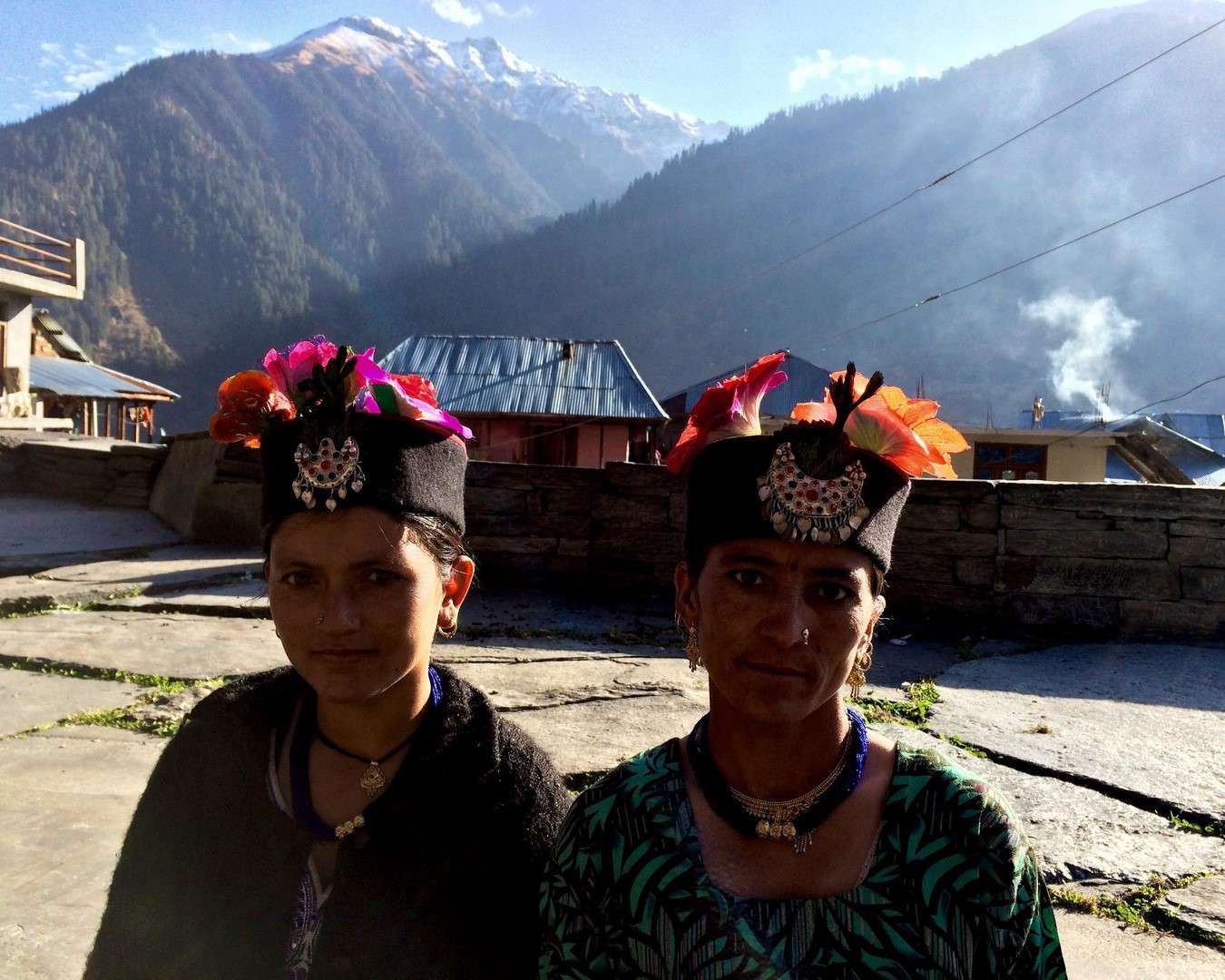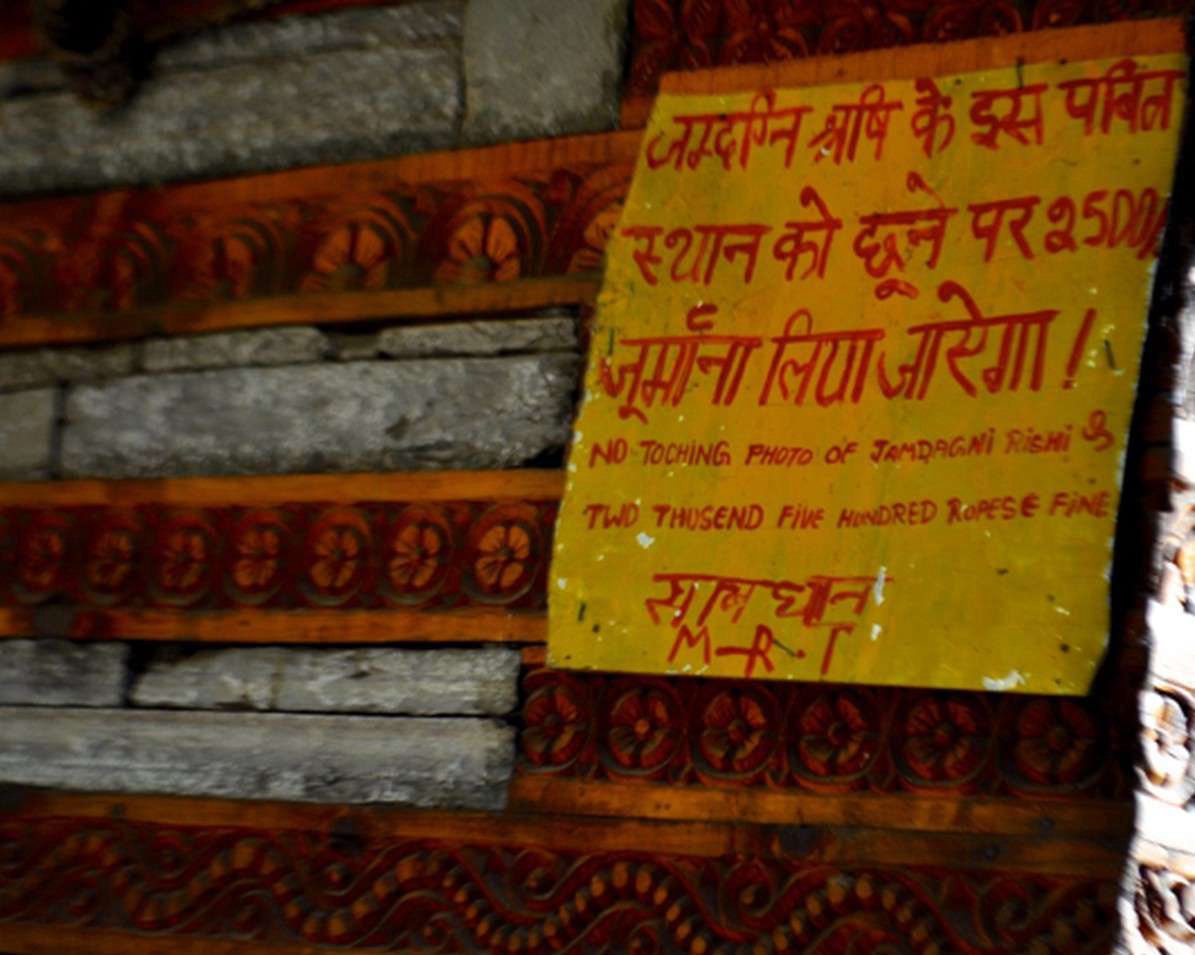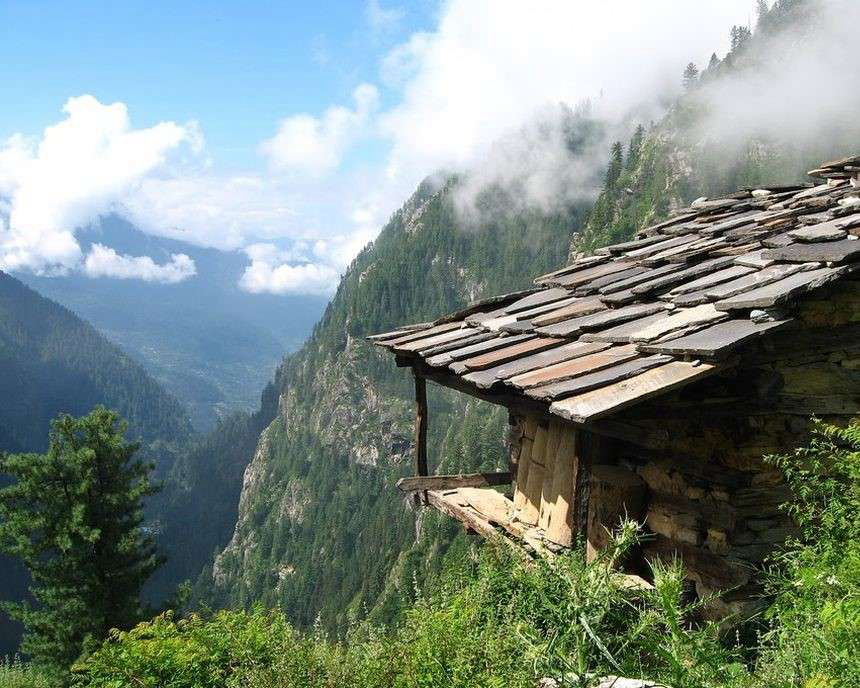
India is a relatively diverse nation and with its distinct traditions, beliefs and general way of life, the country has surprised and attracted people across the entire world. Specifically, the Indian villages and small towns are the significant sources of the legacies and mysteries, and one such town resides in the beautiful Himalayan region of Kullu and its name is Malana. This ancient village is in the state of Himachal Pradesh, and is based near the beautiful Parvati Valley to the northeast of Kullu.
Isolated from the rest of the world, at 8,700 feet, Malana is situated at a narrow plateau, high on the side of a wild and remote glen that adjoins the river Parvati in the Kullu valley. The Malana Nullah flows through the valley, comes from Deotibba, the 20,000 feet, which is a wonderful snow-covered peak that overhangs the valley and the Malana Village. The population of this village was 1722, according to 2011 Census, including 888 men and 834 women. The graceful village of Malana provides everything from lush green landscapes to snowy wonderlands of nature, and there are many other marvels hidden in this region. And some lesser-known facts about the beautiful Malana village are as follows.
1. Descendants of Alexander the Great:

Malana’s local legends has it that some of Alexander the Great’s army took shelter in this isolated village in 326BC after they were wounded in a battle against Porus, a ruler in India’s Punjab region. These soldiers are often believed to be the ancestors of the Malani people. Artefacts from that period have been originated in the village, such as a sword that apparently rests inside the temple. However, inherited ties to the soldiers have not been studied or recognized. In fact, many of the locals in this region have no idea where this saga originated.
2. The mountains and the Gods:
People of Malana believe that the mountains make their own rules and restrictions. The significance of faith is extremely important to the Malani people, and they even ask their ‘Devta’ who to vote for. Unlike the rest of the nation, the village of Malana has its own religious beliefs. And apart from their undying faith in Shiva, they believe in their Devta, Jamlu Rishi. The people of Malana speak Kanashi, their own indigenous language, which has no particular script. It is believed that the Gods from the ancient scriptures once inhabited this land and laid the foundation of democracy, which still works as a fully operational parliamentary system in the region.
3. High on cannabis:

The weather around Malana and the beautiful Parvati valley is perfect for the cultivation of cannabis. The local cannabis was probably always known for the Malani people as a native drug used for distinct medical purposes. High-quality cannabis is produced in Malana and some cannabis type was previously famous as the Malana cream, and it also fetched high prices in the market. As its fame grew, this place soon became a centre for recreational drug tourism, with numerous Israelis residing in the valley. Nobody mostly barters in the market because a thriving illegal cannabis trade has already made some villagers rich, and tourists, stoners and cannabis traders have changed Malana forever.
4. The forbidden platforms:

There is a standing narrow platform that borders the village of Malana. And there are some village dwelling units, divided and organized along the two extended sides, with a raised platform in the middle. This platform cannot be touched by any outsiders and tourists are cautioned not to go near it. A little away is a smaller platform, and the middle space on which the platform stands is called Harchar. The dwellings on either side are called Dhara Behr and Sara Behr, respectively. Next to the platform which faces the Jamlu temple, is a fenced garden of flowers which is also forbidden for outsiders.
5. Resolving conflicts with lambs:
The Malanese resolve conflicts based on the death of lambs. The people who reside in Malana are people of faith which is clear with one look at their judicial system. In no way practical, the judiciary of Malana contrasts itself from the Indian Judicial System. When there is an awaiting decision to resolve a conflict, they cut the right foreleg of each lamb one and a half-inch deep, stuff it with poison and sew it back with the help of a needle and thread. The person whose lamb dies first is implied to lose the judgement. And it is believed that the decision is taken by their Devta, which they believe that a fierce and forbidding God, from whom all supremacy and authority have streamed for centuries.

This land of wonders is an extraordinary place to visit. The recent developments of the Malana Hydro Power Plant have brought development to the region but similarly a loss of culture and authenticity. It is believed that it is a strategy to keep the name going and to bring the riches of cannabis cultivation to themselves. From the famous Himalayan town of Kasol, Malana is just about 21 km. Jeeps carry tourists over 18 km, and then there is a trek uphill. A very few vehicles run on the recently constructed road to Malana. Earlier, a very difficult trek of five hours was required to reach Malana, and now it is barely a two-hour trek. However, the ascending part with the frost-hardened slope is still a tough thing to do. And if you are aiming to go on the lookout for something out of the box and adventurous, then the Malana will surely not disappoint you.
__________________________
Reference:
- www.wikipedia.com
- www.thenewshimachal.com
- www.theculturetrip.com
- www.hpgeneralstudies.com
